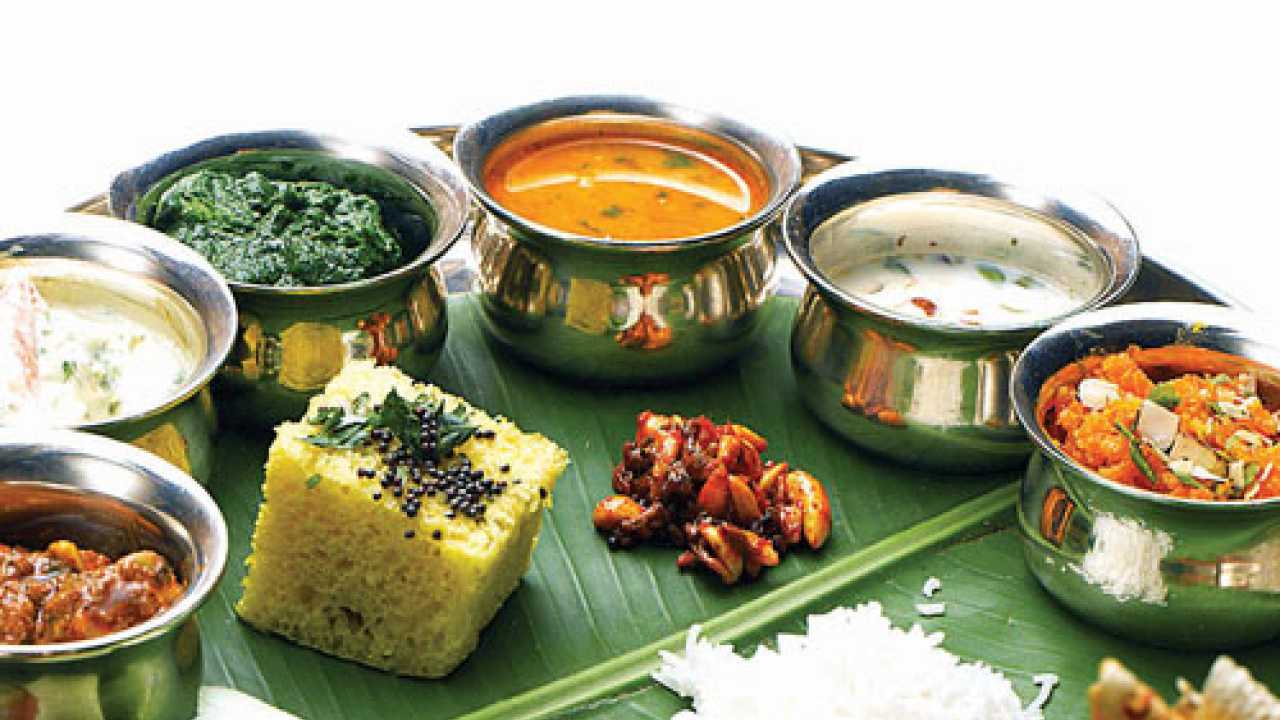Indian cuisine is celebrated worldwide for its mouthwatering flavors and tantalizing aromas. The complexity of flavors and textures, combined with cost-effectiveness, makes Indian food a gastronomic delight. But have you ever wondered why Indian dishes are so irresistibly delicious? Let’s commence on a flavorful journey backed by scientific research to uncover the secrets behind the delectable nature of Indian cuisine.
Research on Indian Food
Intrigued by the captivating taste of Indian dishes, researchers from the Indian Institute for Technology initiated an ambitious project, analyzing over 2,500 Indian recipes to decipher what makes Indian food so exceptionally tasty.
Unique Characteristics of Indian Food
Flavor Compounds in Western Cuisines vs. Indian Cuisine
One key finding of the research was the stark difference in flavor compounds between Western cuisines and Indian cuisine. While Western dishes tend to have a small number of shared flavor compounds, Indian cuisine is a vibrant orchestra of flavors with a wide range of compounds, creating an intricate symphony for the palate.
Negative Food Pairing in Indian Cuisine
A fascinating aspect of Indian food is the concept of “negative food pairing.” Unlike the Western preference for pairing ingredients with similar flavors, Indian cuisine often pairs ingredients with contrasting tastes. This contrast is exemplified by the use of cayenne, which combines both sweetness and heat to create a harmonious explosion of flavors.
Example of Cayenne and Flavor-Sharing
Cayenne pepper, a quintessential spice in Indian cooking, exemplifies the concept of flavor-sharing. It contains compounds that contribute both sweet and spicy notes, making it an essential element in Indian curries, where it marries seamlessly with a variety of other ingredients.
Ingredients in Indian Cuisine
The researchers identified a staggering 194 unique ingredients in Indian cuisine, categorizing them into 15 distinct categories. Among these ingredients, spices stand out as character-defining attributes that lend depth and complexity to Indian dishes.
Spice Combinations
Each spice used in Indian cuisine plays a specific role in shaping the overall flavor profile of a dish. The art lies in the meticulous selection and combination of spices, creating a unique “flavor fingerprint” for each recipe. It’s the harmonious blend of spices that gives Indian food its signature taste.
In the world of culinary science, Indian cuisine stands as a testament to the principle that opposites attract. The unique and aromatic nature of Indian flavors can be attributed to the intricate dance of diverse ingredients and spices, each contributing its distinctive note to the symphony of taste.
As you savor the next Indian dish that crosses your path, you can appreciate that the science behind its deliciousness is as rich and intricate as the flavors themselves. Indian cuisine’s ability to tantalize the taste buds remains an awe-inspiring blend of art and science, making it a culinary treasure admired around the globe.

0 Comment